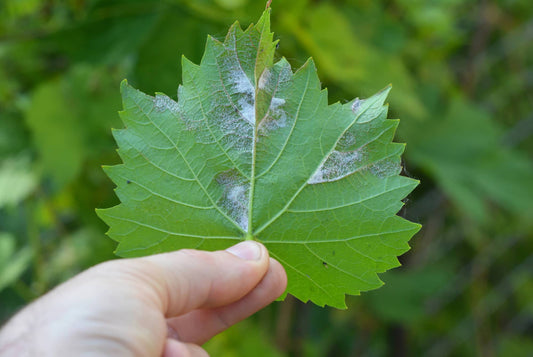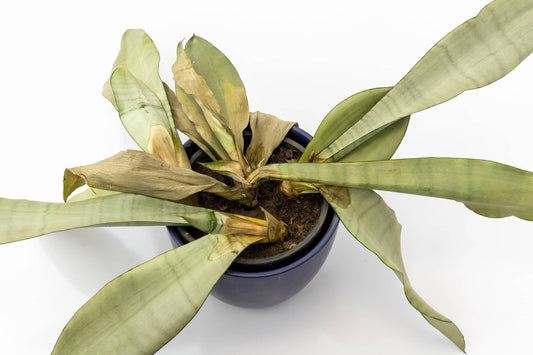Bacterial wilt, caused by the soil-borne bacterium Ralstonia solanacearum, poses a significant threat to a variety of plant species in hydroponic systems. This pathogen leads to rapid wilting and death of infected plants by invading and obstructing the plant's vascular system. Since there is no cure once a plant is infected, effective management in hydroponics relies on strict preventive measures to prevent contamination.
Understanding Bacterial Wilt
Bacterial wilt is marked by wilting leaves that may temporarily recover overnight but ultimately wilt as the disease advances, resulting in plant death. The bacterium can persist in water, soil, and plant debris for long durations and infects plants through root wounds, spreading rapidly through the vascular system.
Conditions Favoring Bacterial Wilt
Ralstonia solanacearum flourishes in warm, humid environments and can infect hydroponic systems through contaminated water, plant materials, or equipment. This pathogen can impact the system at any time, particularly with the introduction of contaminated inputs.
Prevention and Management Strategies
Prevention and System Hygiene
- System Sterilization: Regularly apply heat or chemical treatments to sterilize hydroponic system components, substrates, and tools, particularly before planting and between crop cycles.
- Use of Clean Inputs: Ensure that all seeds, seedlings, and water are free from Ralstonia solanacearum to minimize the risk of introducing the pathogen.
Optimizing Plant Health and Environmental Conditions
- Control Environmental Conditions: Maintain appropriate temperatures and humidity levels within the hydroponic system to discourage Bacterial Wilt development.
- Stress Reduction: Provide balanced nutrition and adequate water to plants, keeping them healthy and more resistant to infection.
Monitoring and Early Detection
- Regular Inspections: Conduct thorough inspections of plants for early symptoms of Bacterial Wilt, facilitating early intervention to prevent disease spread.
- Water and Plant Testing: Test the hydroponic nutrient solution and plant tissues for the presence of Ralstonia solanacearum regularly, especially if unexplained wilting occurs.
Managing Bacterial Wilt in Hydroponics
While direct control measures for infected plants are limited to removal and destruction to prevent the spread of pathogens, focusing on prevention, strict sanitation, and maintaining optimal growing conditions can significantly reduce the risk of Bacterial Wilt in hydroponic systems. Regular monitoring, combined with diligent sanitation practices, forms the foundation of effective Bacterial Wilt management, ensuring the health and productivity of hydroponic crops.




